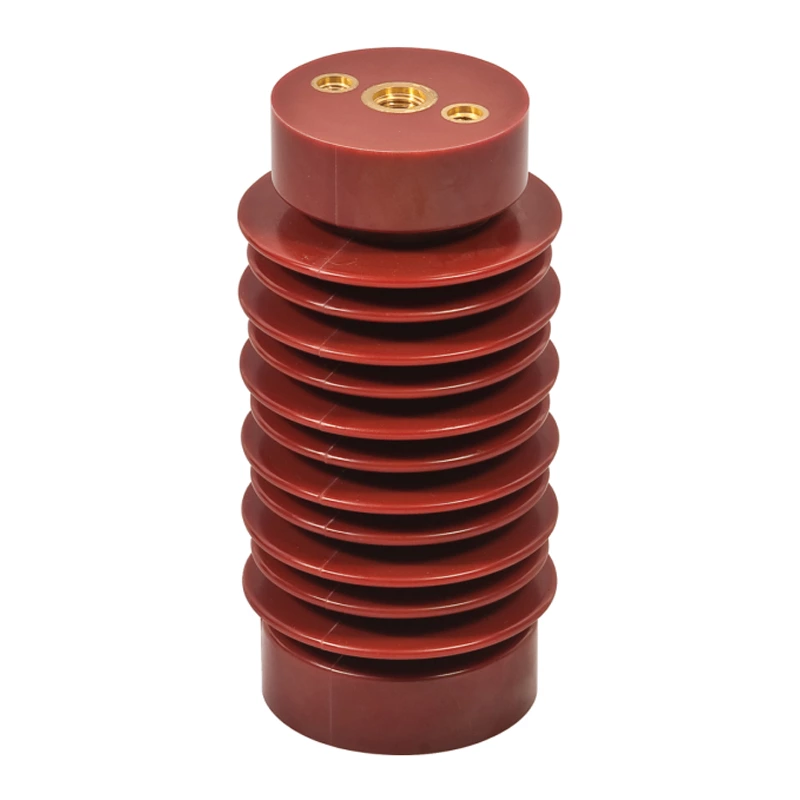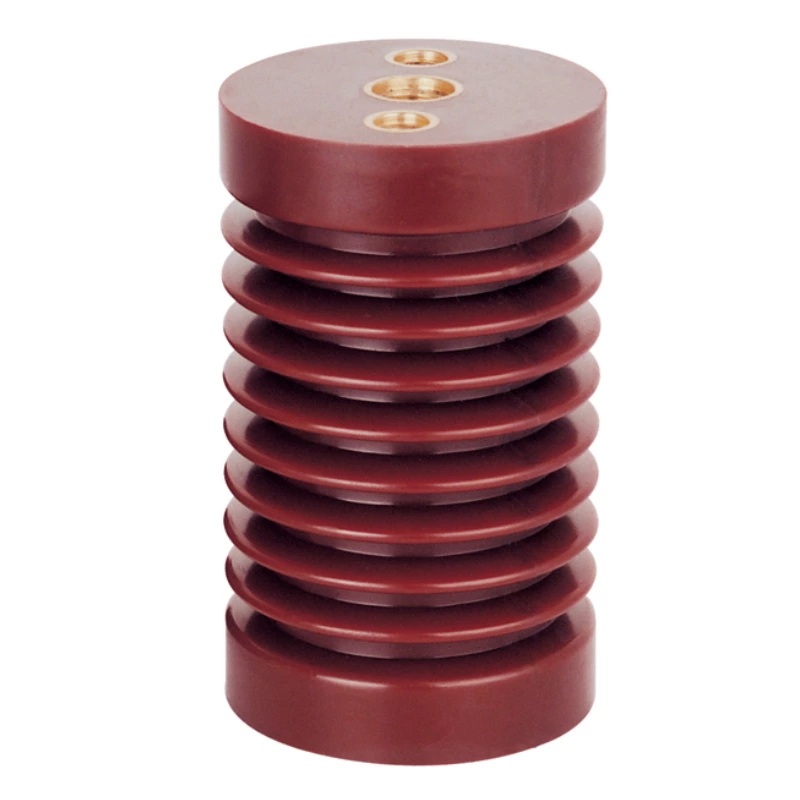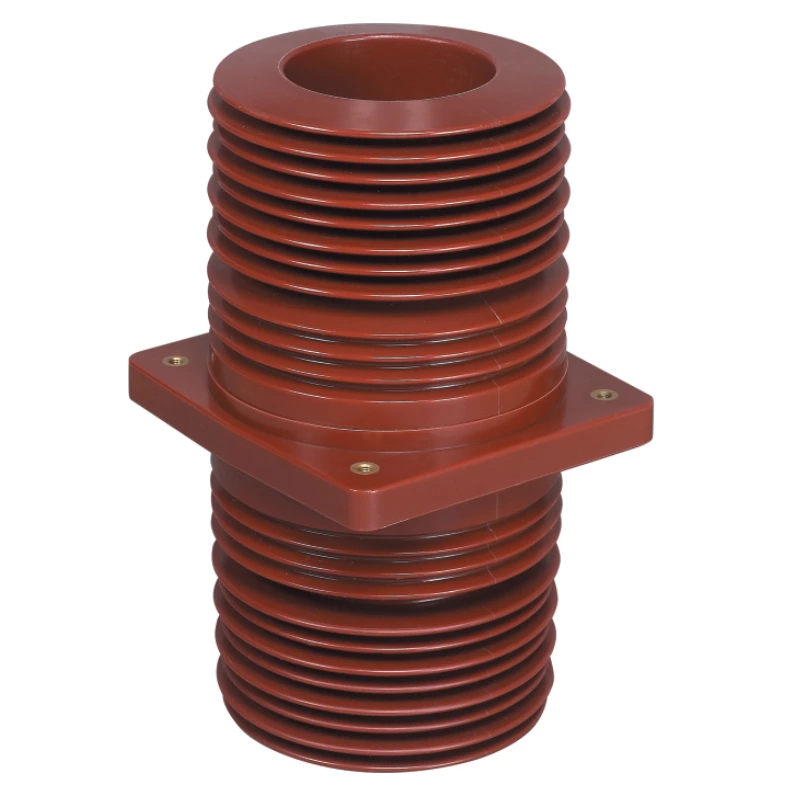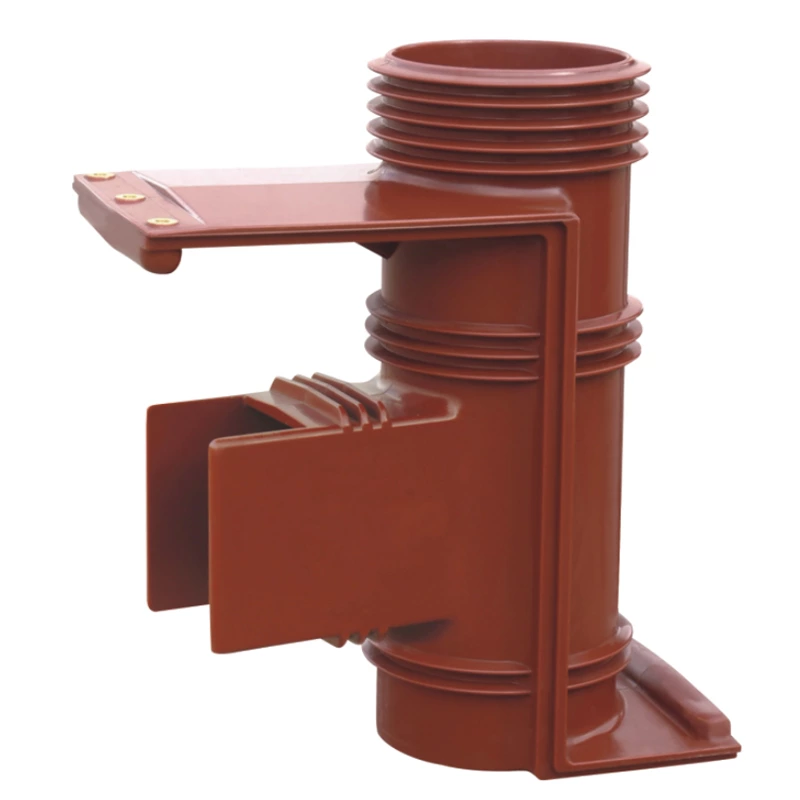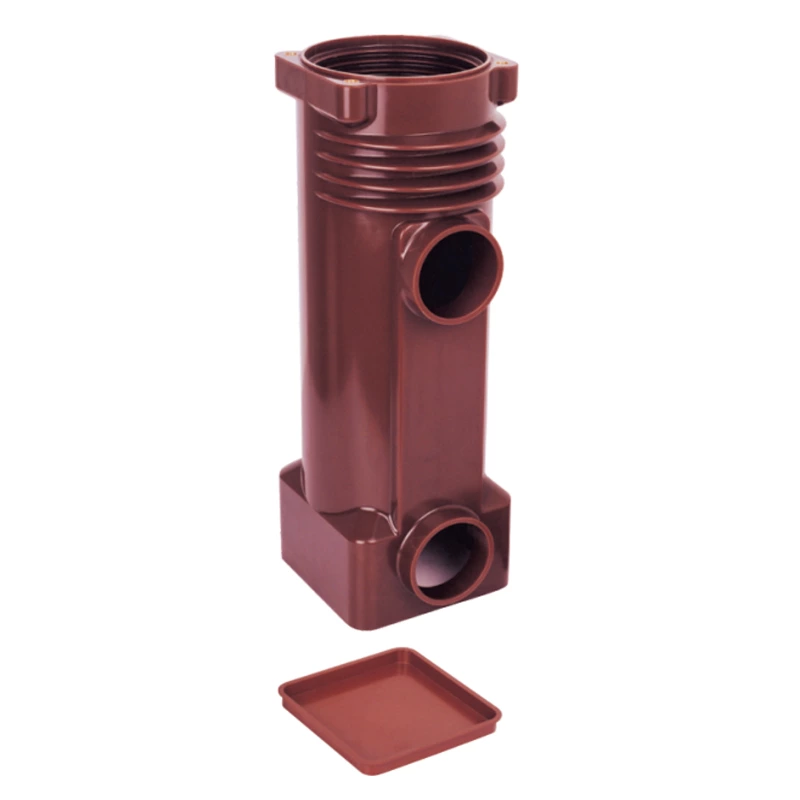Rod-shaped Suspension Composite Epoxy Resin Insulator For High Voltage Lines
Rod-shaped suspension composite high voltage standoff insulators for high-voltage lines: Rod-shaped suspension composite high voltage epoxy is used for overhead lines and substations with rated voltages of 35~500kV and frequencies not exceeding 100Hz in ordinary and polluted areas for suspension and tension resistance. epoxy resin insulator The ambient temperature of the installation site is between -40℃ and +40℃, and the altitude does not exceed 1000m.
It is especially used in polluted areas and can effectively prevent flashover accidents. It is a widely used alternative to porcelain high voltage epoxy resin.
Composite high voltage standoff is also called synthetic insulator. Its main structure consists of three parts: shed sheath, epoxy glass fiber (FRP) core rod and end hardware. The shed sheath is made of high-temperature vulcanized silicone rubber, the FRP core rod is a glass fiber reinforced plastic composite material with glass fiber as reinforcement material and epoxy resin as matrix, and the end hardware is carbon cast steel or carbon structural steel with hot-dip galvanized layer on the outer surface.
This structure of composite insulator separates mechanical strength from external insulation performance. The core rod and shed sheath bear mechanical and electrical loads respectively, thus combining the advantages of shed sheath material's excellent atmospheric resistance and aging performance and core rod material's good tensile mechanical properties. As part of the insulator structure, the hardware mainly plays the role of transmitting mechanical stress and connecting and fixing.
